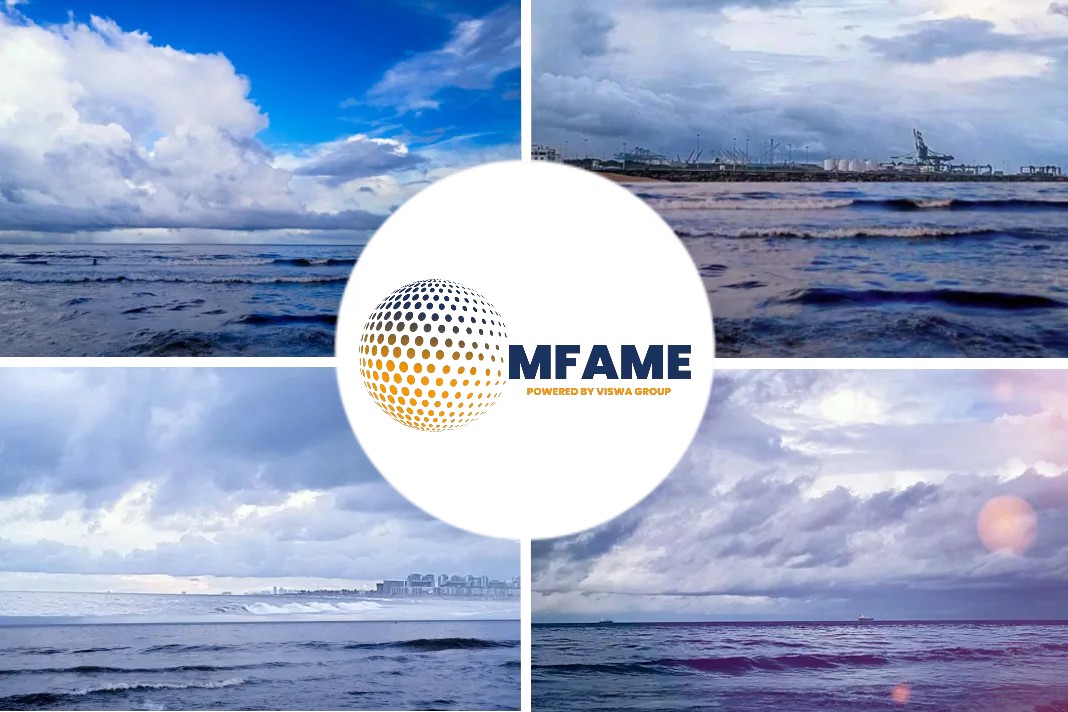
The Viking Polaris sliced through the dawn June fog, entering the harbor without fanfare. No horn blasts to this Midwestern port city’s landmark lift bridge.
Record-Breaking Visits
“The [global] cruise industry is fairly mature. There aren’t a lot of new places to go.” said Dave Gutheil, chief commercial officer of the Port of Cleveland.
States and Canadian provinces collaborate to boost the Great Lakes as a top cruise destination, attracting major players to this vast freshwater ecosystem. As they compete for port calls and economic benefits, balancing cooperation and competition becomes crucial. Smaller ports, face challenges in accommodating expedition ships.
Attracting the cruise industry took regional and international coordination, Gutheil said. “This really has been a Great Lakes team effort.”
Forecasted Growth
- States along the Great Lakes—Illinois, Michigan, Minnesota, Ohio, and Wisconsin—are now in competition to attract more cruise tourism by enhancing the appeal and accessibility of their ports.
- In 2022, the region welcomed nearly 150,000 passenger visits, a record, and the industry group Cruise the Great Lakes forecasts nearly 170,000 visits in 2023, with an estimated economic impact of $180 million.
- While passenger cruises were once a thriving industry on the Great Lakes, they declined and disappeared by 1970 due to the growth of the U.S. highway system and regional airlines.
- Efforts to revive the industry faced challenges, including regulations like the Passenger Vessel Services Act of 1896 and gambling restrictions.
Decline and Revival
- The Great Lakes cruise surge began in 2015, as foreign-built ships combined U.S. and Canada stops to bypass port restrictions. These vessels accommodate fewer than 400 passengers, targeting a more affluent and adventurous clientele.
- Ponant, a French cruise line, offers a seven-night cruise from Milwaukee to Toronto, starting at $5,790 per person.
- According to a 2021 report by the University of Minnesota Duluth, on-shore spending averages $111 per port stop, while it increases to $188 in “turnaround” ports, where one tour ends and another begins.
- As the competition among states along the Great Lakes intensifies, efforts to enhance port appeal and offer captivating experiences to cruise enthusiasts continue to flourish.
Necessary infrastructure
“What keeps me up at night is if we don’t build South Shore correctly, Duluth is building a fantastic dock that will include all of these features,” Adam Tindall-Schlicht, the Port of Milwaukee director at the time, told the city’s harbor commissioners in 2022, according to Urban Milwaukee.
“Chicago coming online at Navy Pier keeps me up. Duluth and their investment in their downtown dock keeps me up,” said Tindall-Schlicht, who is now administrator of the Great Lakes St. Lawrence Seaway Development Corporation, a leading federal advocate for the cruise industry.
Milwaukee and Duluth Upgrades
“With the day stops, they have around eight hours to spend in Duluth, and they have already pre-booked tours and so they get off, they get on a bus and they go to a tour, which is phenomenal for our tourist locations, but our active restaurants and hotels don’t get the use out of that,” said Belle Wanke of the Duluth Entertainment Convention Center.
“But when we have these turnarounds, they’re able to come in,” Wanke said. “Honestly, most of them come in the night before and stay in our hotels, and then they’ll come down later this morning and get on the ship, and then a good number of the people that get off today will spend the night in Duluth and fly out tomorrow.”
State Support for Cruise Industry
Michigan, which has multiple ports with cruise stops, has supported cruise ships through the Michigan Strategic Fund, a business development resource.
The former Upper Peninsula copper mining town of Houghton has attracted visits with a new $5 million pier built with $4 million from the state fund.
In Cleveland, state funds and the city’s central lakes location have helped make the city a regular stop for cruise lines, according to Gutheil. Ohio’s Maritime Assistance Program provides $10 million annually for the state’s lake and river ports.
“Some of our neighboring states have more of a bucket to pull from,” Gutheil said.
Community resistance
Traverse City, Michigan, a popular tourist town of 15,000 people on Lake Michigan, had been scheduled for Viking stops. Three years later, the city has reversed course. In 2024, the Pearl Mist, which carries 168 fewer passengers than the Viking ships, is scheduled for at least two visits.
For Discovery Center CEO Matt McDonough, concerns from the community were a driving force. Traverse City, which promotes itself as the “Cherry Capital of the World,” already has a bustling tourism industry that overfills the town during the cruise season. Plus, he said, the town is looking to diversify its economic base beyond tourism.
“It was something a lot of folks around the community were not supportive of,” McDonough said.
Coast Guard Regulations
- According to Coast Guard Lt. Phillip Gurtler, graywater from baths, kitchen prep and laundry uses, is treated the same as sewage, which is banned from Great Lakes waters.
- Some states require additional permits. Michigan, for example, requires ocean-going ships to obtain a ballast permit before they “begin port operations,” according to Jeff Johnson, a spokesperson for the Michigan , Great Lakes, and Energy.
“Right now there aren’t a ton of ships that are small enough to fit all the way through [the St. Lawrence Seaway], but expedition cruising is becoming a thing and being more promoted by the smaller cruise lines. Expedition and luxury cruising is growing and when those [demands] grow and they build more ships, there’ll be more opportunities”, Duluth’s Wanke said.
Did you subscribe to our daily newsletter?
It’s Free! Click here to Subscribe
Source: Wisconsin Examiner
























